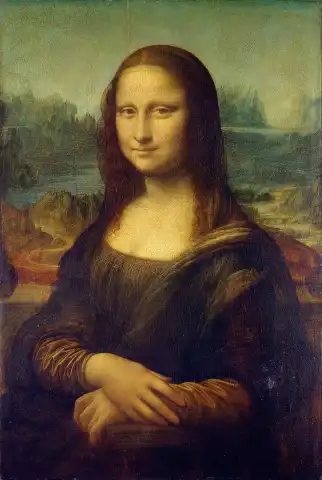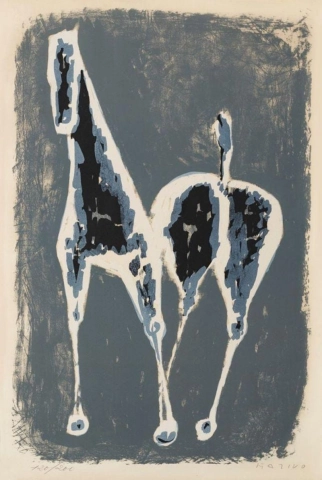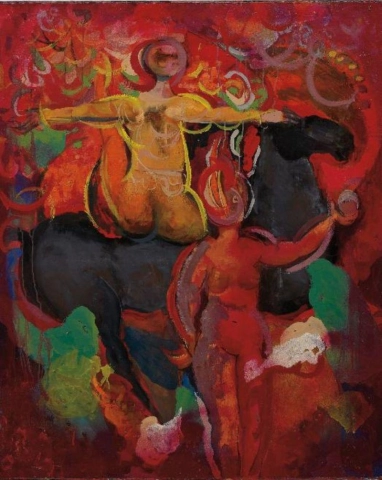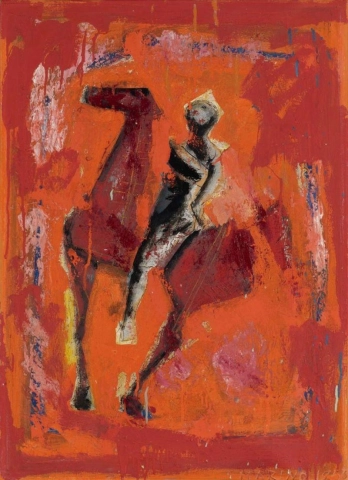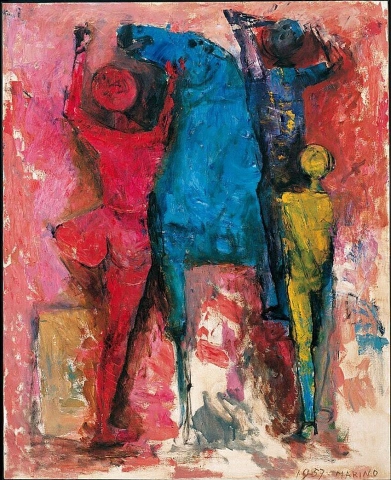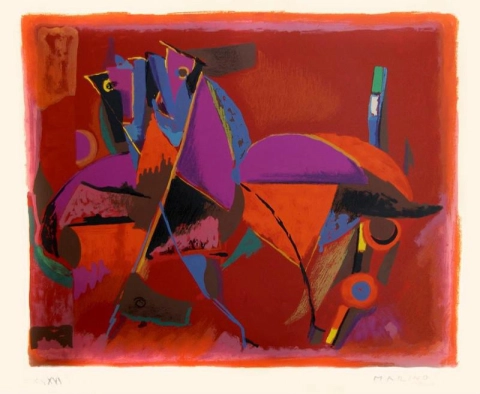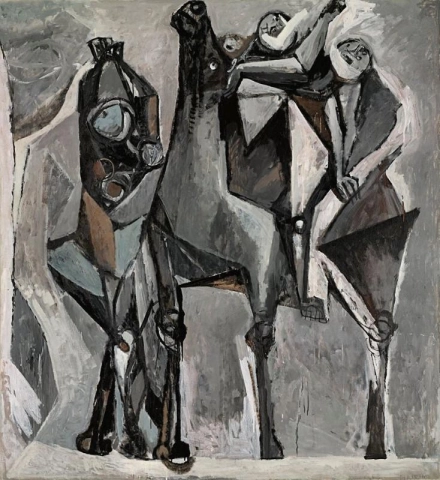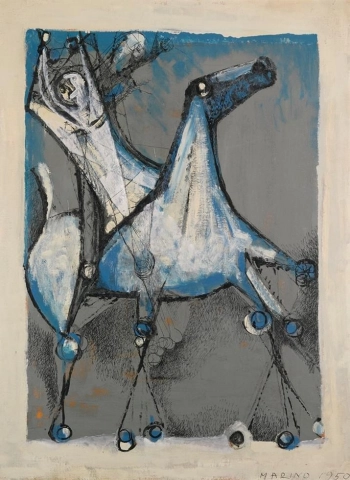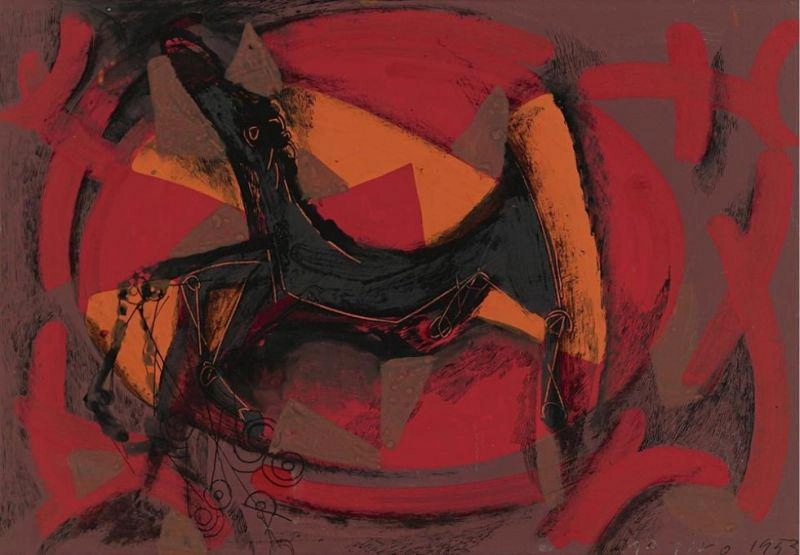

Hand painted reproductions of Marino Marini
Marino Marini: Master of Equestrian Sculpture and Modernism
Early Life and Artistic Development
Marino Marini (1901–1980) was an Italian sculptor and painter whose works profoundly impacted modern art. Born in Pistoia, Tuscany, Marini studied painting and sculpture at the Accademia di Belle Arti in Florence. Early in his career, he drew inspiration from classical and Renaissance art, which later evolved into a modernist approach characterized by simplicity and expressive power.
Key Works and Signature Style
Marini is best known for his Cavalieri series, dynamic equestrian sculptures that explore the relationship between humans and nature. His signature style combines the geometric forms of modernism with emotional intensity, evident in works like The Angel of the City. His pieces often feature simplified, angular shapes that evoke movement and tension, reflecting his fascination with humanity's connection to primal instincts.
Technique and Artistic Innovations
Marini worked primarily in bronze, employing traditional casting techniques to craft his sculptures. His approach was deeply rooted in experimentation, blending ancient influences with modern abstraction. In addition to sculpture, Marini was a skilled painter, using vivid colors and expressive brushwork to explore themes of mythology and existentialism. His ability to balance figuration with abstraction set him apart as a pioneer of 20th-century art.
Legacy and Enduring Influence
Marino Marini’s works continue to be celebrated for their timeless exploration of human and animal forms. His sculptures are housed in prestigious collections worldwide, including the Guggenheim Museum and the Marino Marini Museum in Florence. Marini’s innovative style influenced generations of modern artists, securing his place as a visionary in contemporary art.
Where to Buy Reproductions of Marino Marini’s Work
Experience the timeless appeal of Marino Marini’s sculptures and paintings with reproductions available at POD. From his striking equestrian figures to his vibrant abstract works, these pieces offer a window into the genius of one of Italy’s greatest modernist artists.
Imagine owning an original-style painting by one of the greatest artists in history. At POD, we offer you the chance to make this dream a reality. Each canvas is faithfully reproduced down to the smallest detail, allowing you to experience the beauty of the artist’s vision in your own home.
Our reproductions are crafted by experienced painters using the finest materials and time-honored methods. We are committed to delivering works of exceptional quality that will inspire and bring joy to your family for generations to come.
